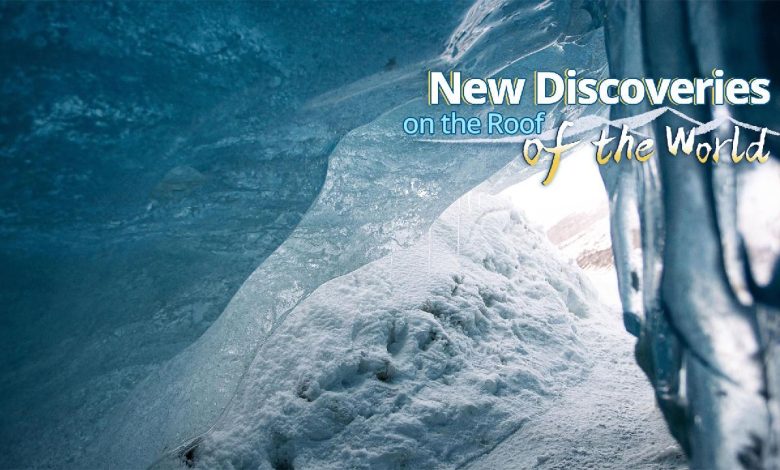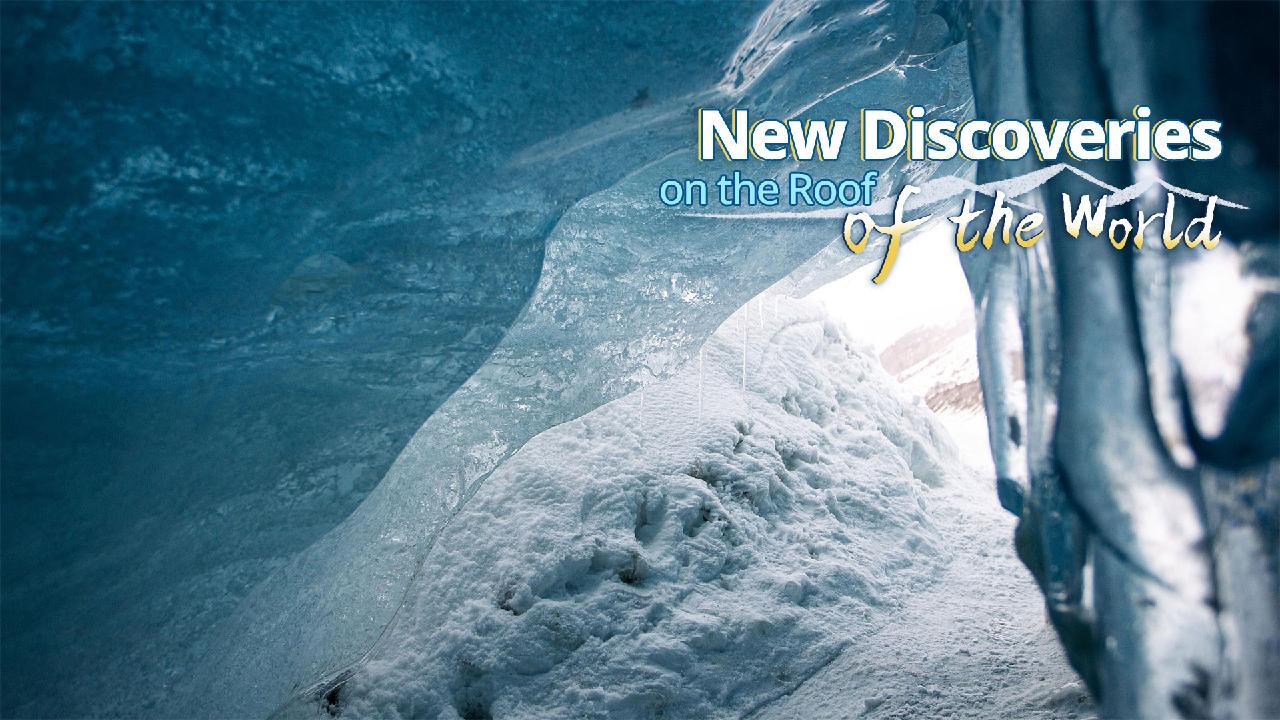Chinese scientists warn of melting glaciers on Qinghai-Xizang Plateau


<img src='https://news.cgtn.com/news/2024-08-21/Chinese-scientists-warn-of-melting-glaciers-on-Qinghai-Xizang-Plateau-1wecMV00pgs/img/f89c8b29290e4fca87045b5f28fee153/f89c8b29290e4fca87045b5f28fee153.jpeg' alt='Glaciers in Linzhi City, southwest China's Xizang Autonomous Region, May 12, 2024. /CFP'
Chinese researchers are cautioning that the permanent disappearance of some low-elevation glaciers on the Qinghai-Xizang Plateau could have a profound effect on the ecosystem of the plateau.
“Taking the Rongbuk Glacier at the foot of Mount Qomolangma as an example, the length and height of it are both shrinking,” said Wu Guangjian, a researcher at the Institute of Tibetan Plateau Research at the Chinese Academy of Sciences (CAS).
Wu also noted that the effects of global warming have led to a situation where the rate of glacier evaporation outpaces that of precipitation. Consequently, small glaciers at lower altitudes on the plateau are melting at an accelerated pace and may vanish in the foreseeable future.
<img src='https://news.cgtn.com/news/2024-08-21/Chinese-scientists-warn-of-melting-glaciers-on-Qinghai-Xizang-Plateau-1wecMV00pgs/img/036311ccecc3419d9c36852a3c60533d/036311ccecc3419d9c36852a3c60533d.jpeg' alt='Glaciers in Changdu City, southwest China's Xizang Autonomous Region, April 5, 2024. /CFP'
The Qinghai-Xizang Plateau, known as the Asian Water Tower (AWT), has witnessed an accelerated temperature rise in increments of 0.3 to 0.4 degrees Celsius per decade, a rate that exceeds the global average warming rate for the corresponding period by more than twofold, according to Yao Tandong, an academic at CAS and the leader of China’s ongoing second scientific expedition and research project on the plateau.
Yao said the region is now confronting a range of ecological challenges, including the retreat of glaciers, the degradation of permafrost, the expansion of lakes, an increase in runoff and issues related to water resources.
According to the researchers, the plateau is expected to enter a very warm and humid period this century. By the end of the century, the reduction in glacial mass in certain regions could be more than 50 percent, and lake levels might surge by over 10 meters. This will lead to an increase in the overall water supply capacity of the AWT. It also increases the risk of glacier collapses and glacial lake outburst floods, Yao said. So, it’s necessary to implement more effective measures to keep the water resource sustainable.
<img src='https://news.cgtn.com/news/2024-08-21/Chinese-scientists-warn-of-melting-glaciers-on-Qinghai-Xizang-Plateau-1wecMV00pgs/img/121dcb0ba1d6472aad1b0add54452faa/121dcb0ba1d6472aad1b0add54452faa.jpeg' alt='Glaciers at sunrise in Haixi Mongolian and Zang Autonomous Prefecture, northwest China's Qinghai Province, January 6, 2024. /CFP'
In 2004, Yao told Xinhua that the glaciers in China are predominantly located in the western regions, with a total of 46,298 glaciers in the high Asian region centered around the Qinghai-Xizang Plateau, covering an area of 59,406 square kilometers and possessing a volume of 5,590 cubic kilometers. In the face of the severe challenge of glacier melting, protecting the glacial resources of the Qinghai-Xizang Plateau is particularly crucial.
Since the launch of the second Qinghai-Xizang scientific expedition in 2017, scientists have carried out extensive and in-depth scientific research across the region, focusing on topics such as the changes and impacts of the AWT. This will have a significant impact on promoting the sustainable development of the Qinghai-Xizang Plateau, advancing the construction of the country’s ecological civilization, and fostering global ecological and environmental protection.
(With input from Xinhua.)

